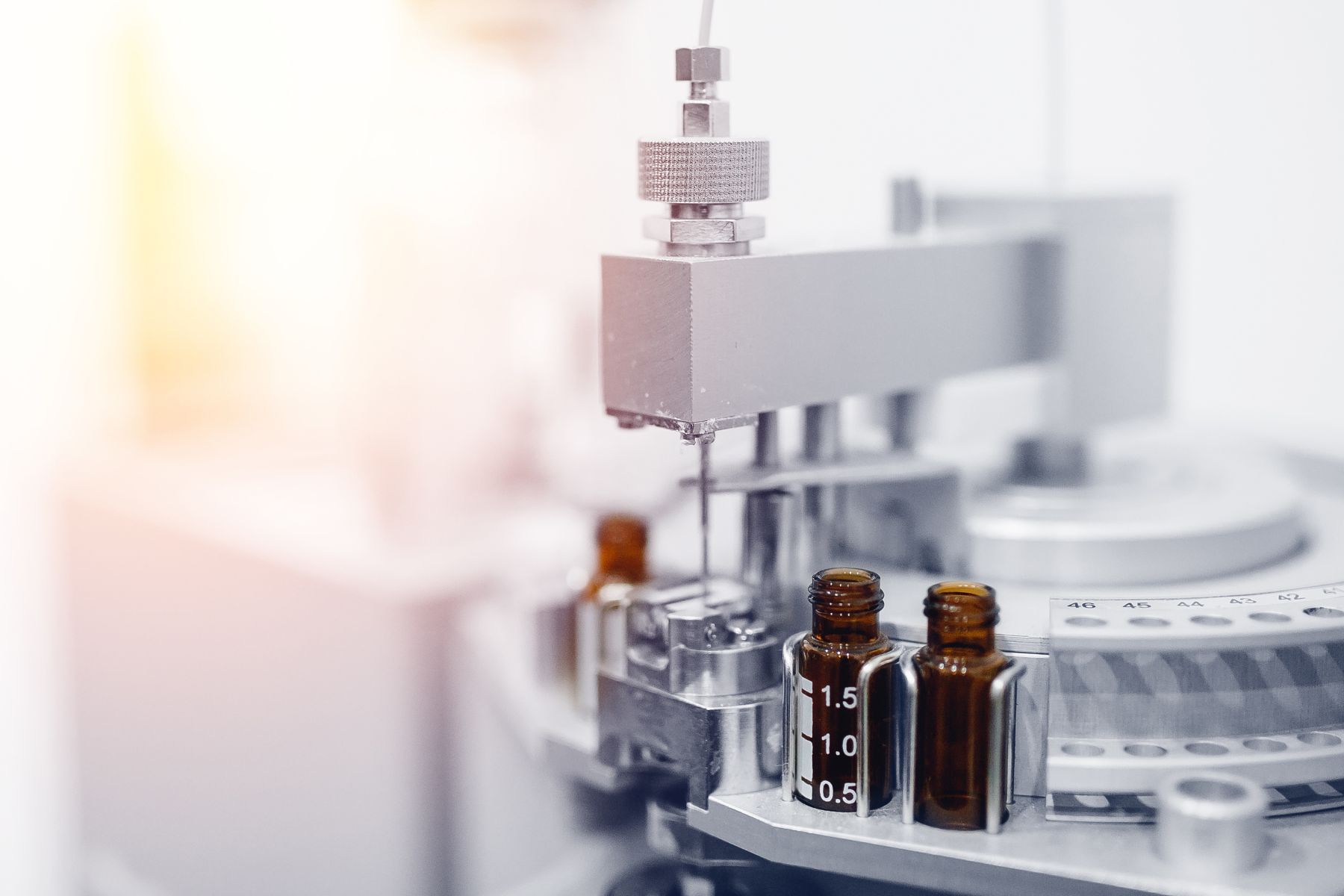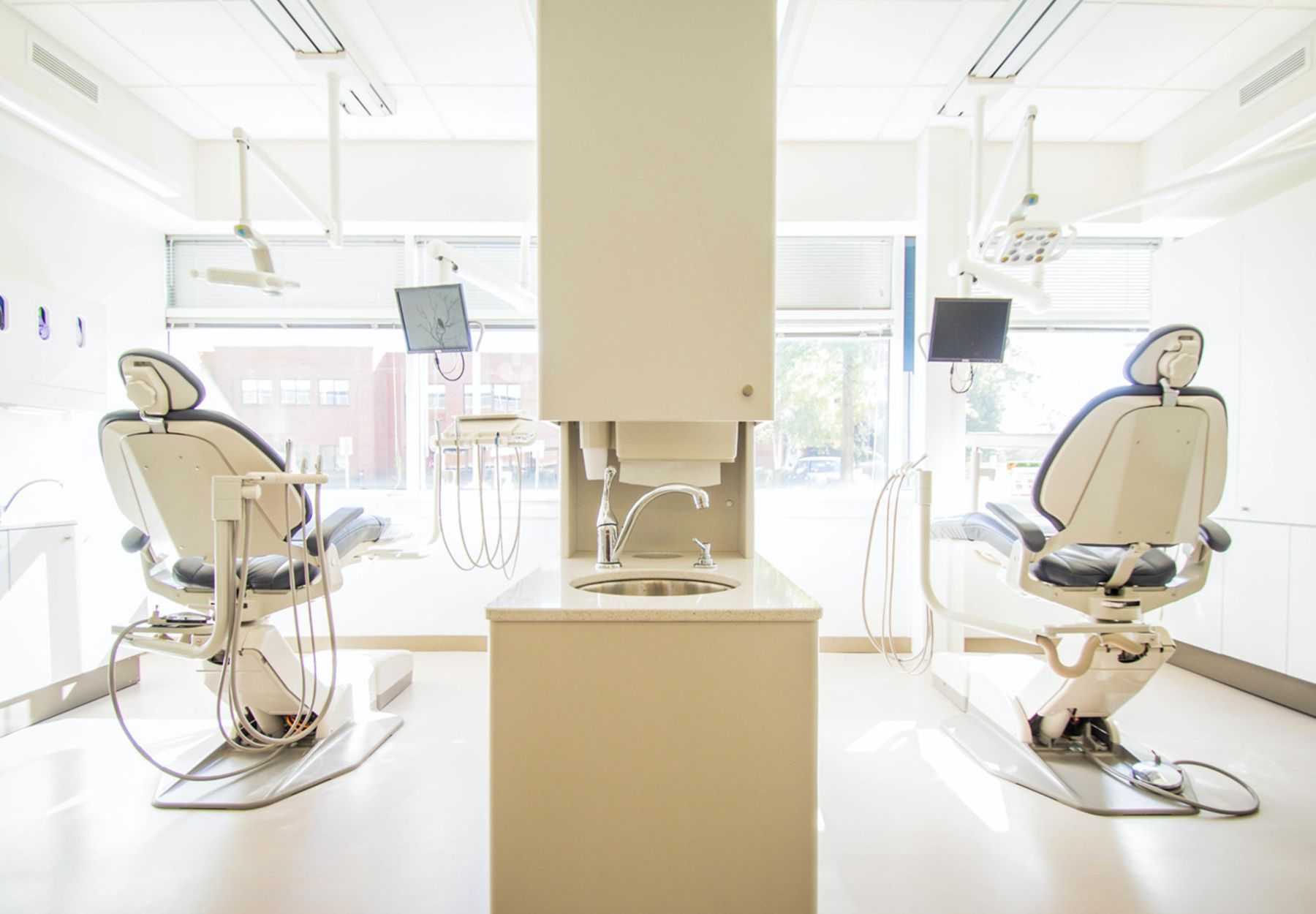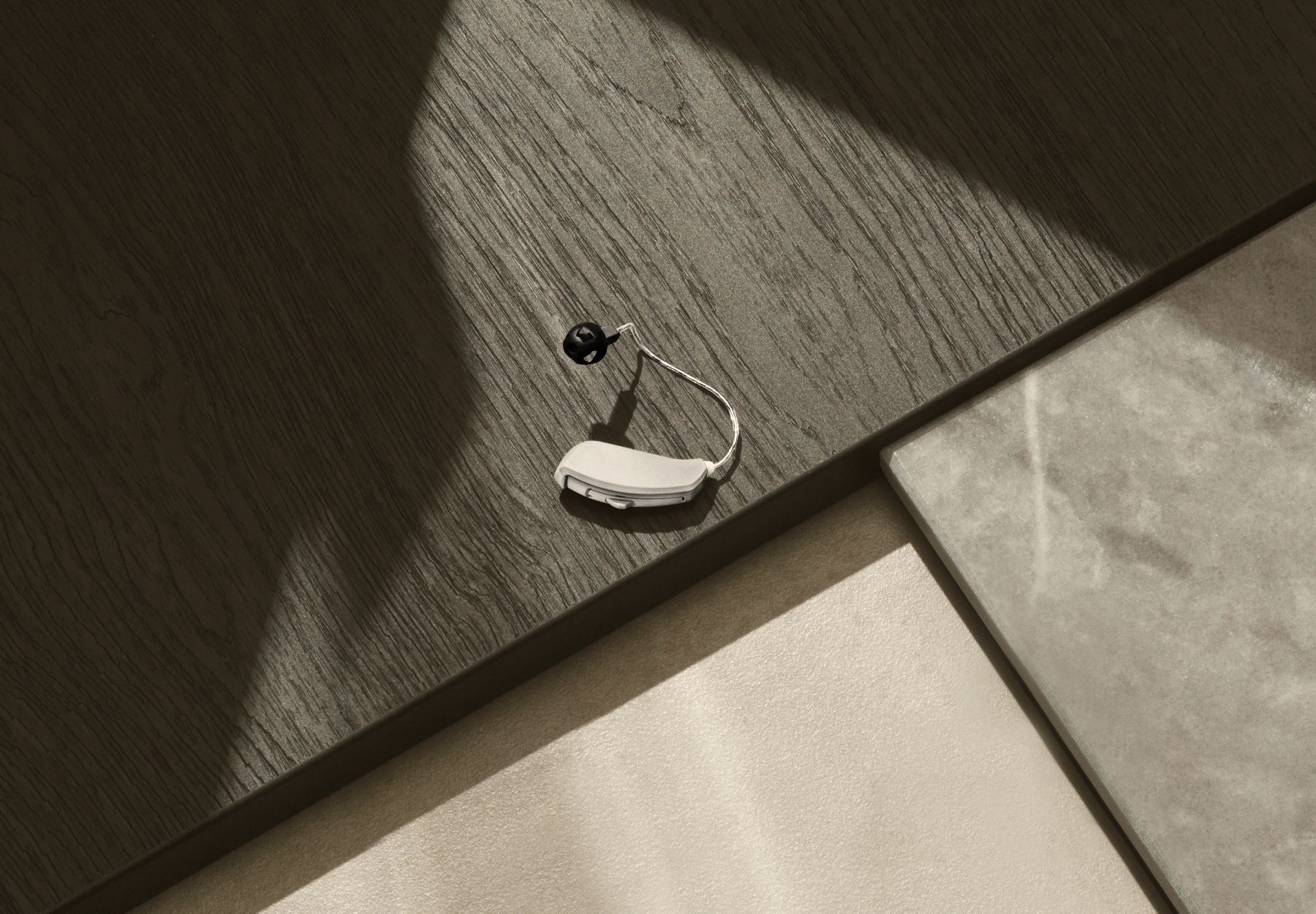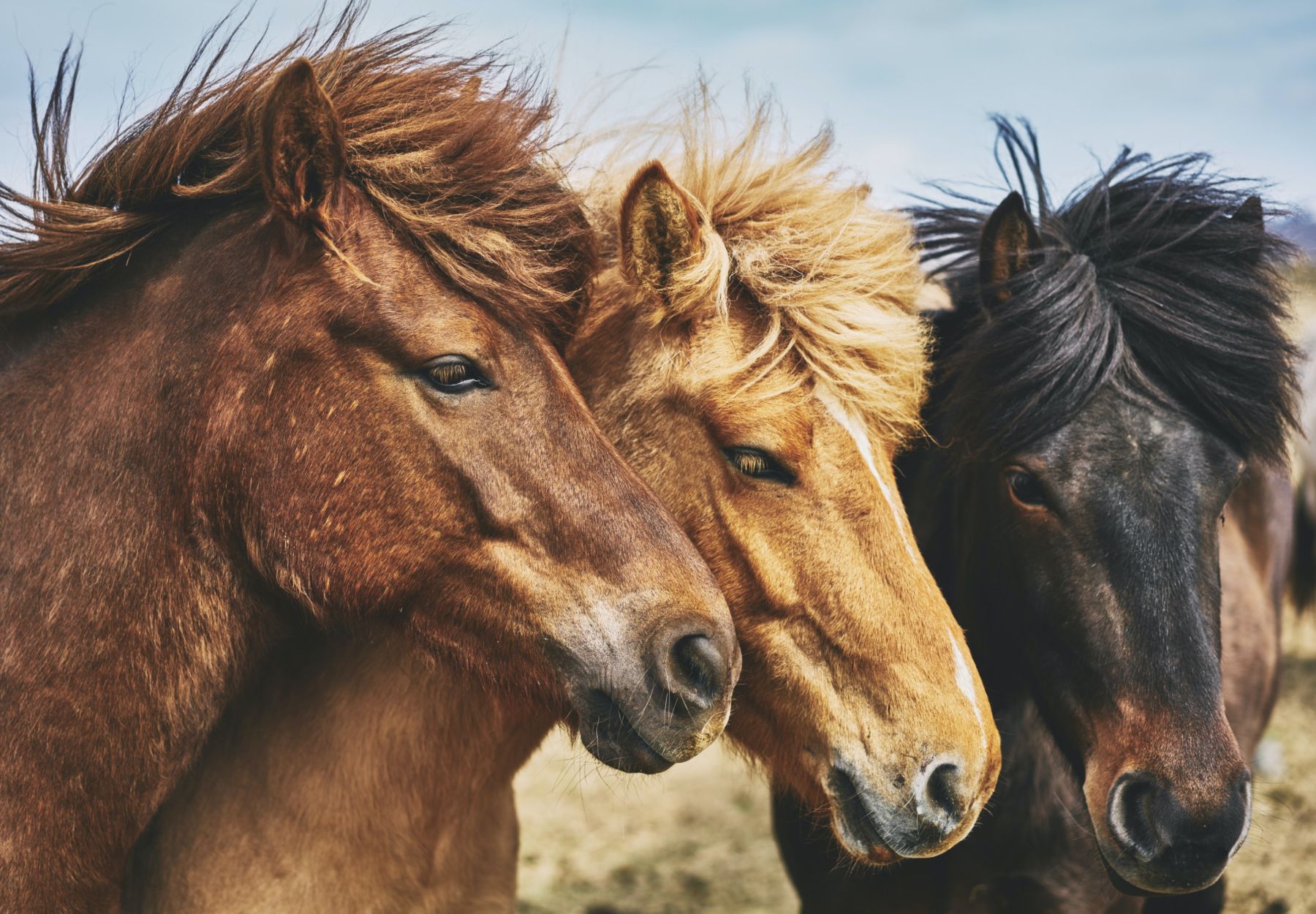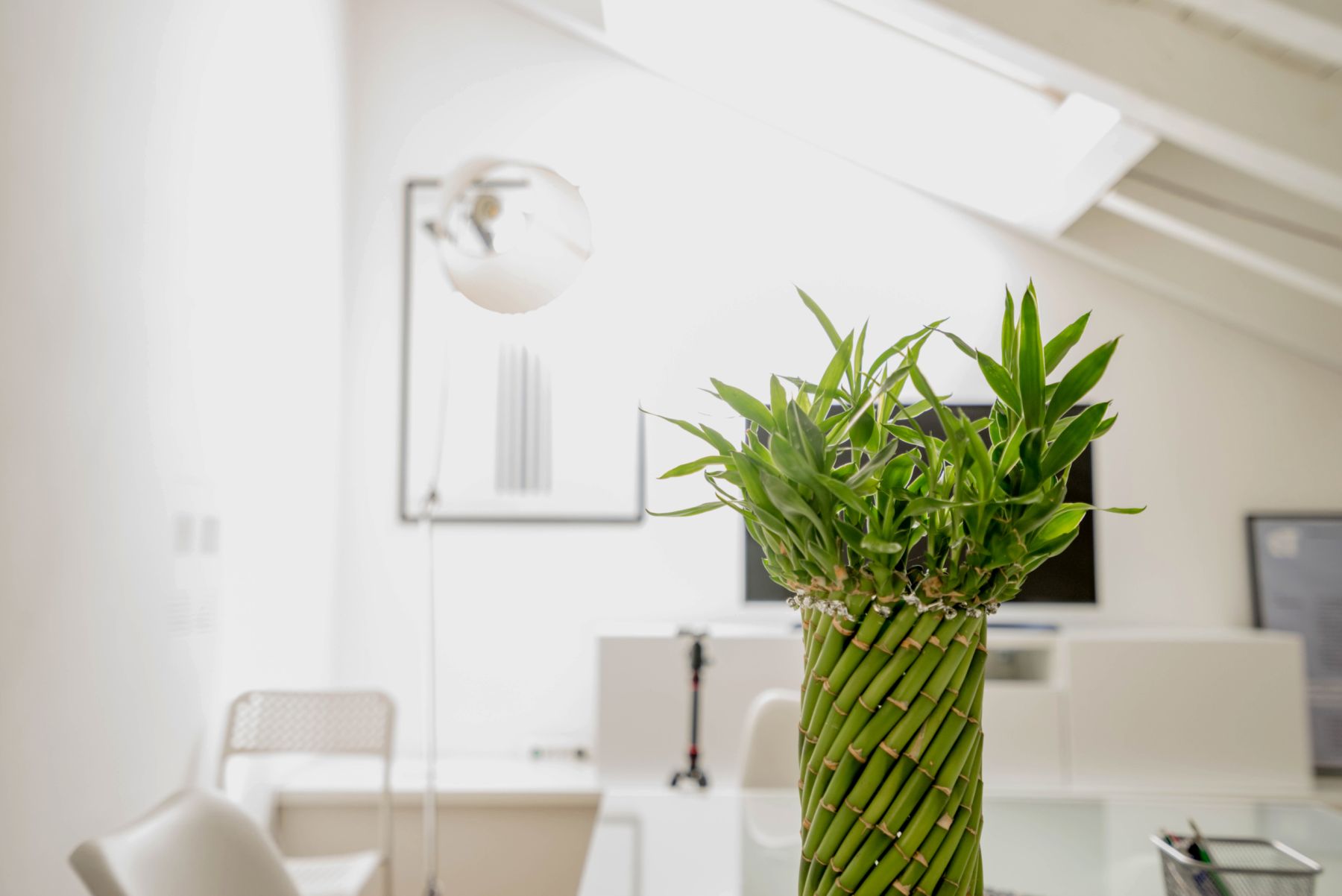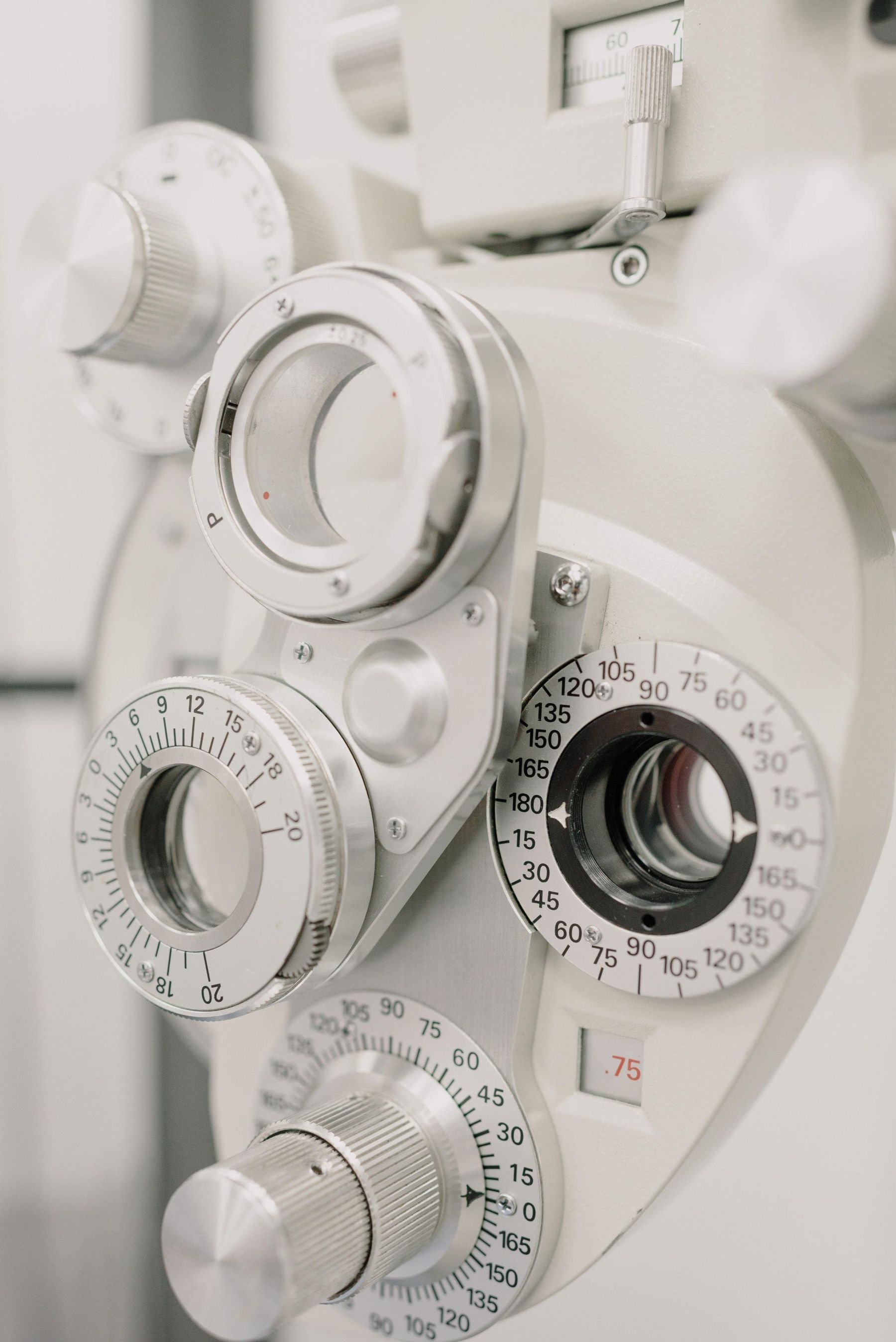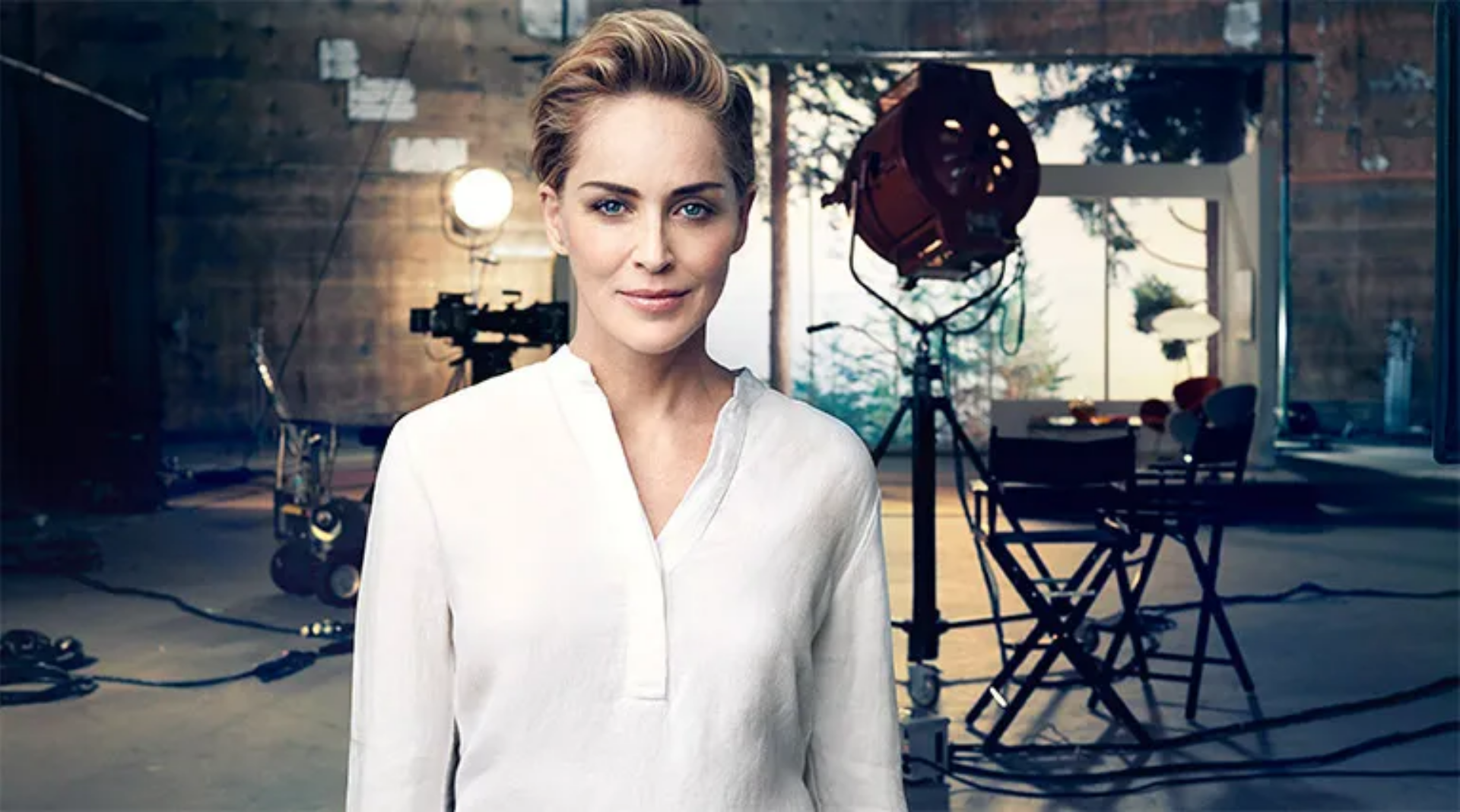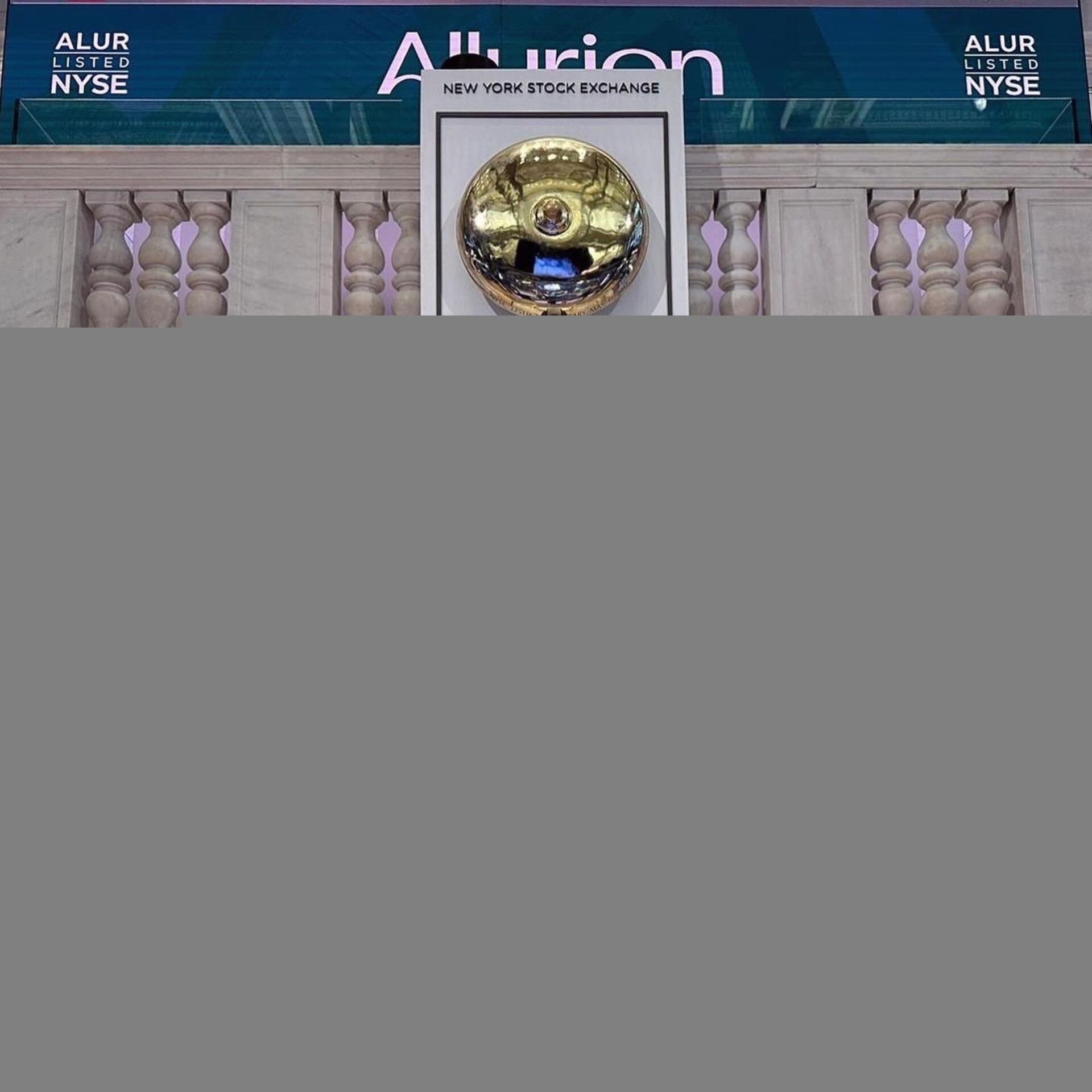Ross: Hi Benoit, please can you start by telling me a bit about yourself and your background?
Benoit: I was born in the eastern part of France and my parents were teachers, both of very humble backgrounds. After graduating from high school, I moved to Paris at 16 years old and studied at an international business school in the city. I spent the next four years there, majoring in advertising and marketing, but three of these were spent overseas in Germany, Montreal and Florida as part of an exchange programme. I studied at McGill University in Montreal, which I really enjoyed. The advertising classes at McGill with the New York professors were amazing and I met a lot of extremely smart people there.
Despite studying business, one of my greatest passions in life has always been architecture. I originally wanted to be an architect rather than in business. My love of architecture led me to buying my first flat in Stockholm which I was hugely proud of as it was featured in The Wall Street Journal Interior Design pages. My current flat was just featured on the cover page of Marie Claire! Whilst that’s my passion and true love, I decided to pursue a career in business as it seemed safer and I was good at it.
What was your first job and how did you get started in the working world?
Firstly, I’ve never sent out a Resume in my career or applied for a job. My career happened through networking and nurturing a solid reputation based on results and authentic lasting relations. When I was in Business School, I ran the biggest student club in the school. It was before Tripadvisor existed, because I'm 42. But, it was essentially the same model. I created a website called Parising.com, where I had 55 students in my school, writing reviews of restaurants, bars, clubs across the city. It was basically what TripAdvisor is today but focused on the hotspots in Paris covering all the best places to see, eat, and visit for students.
Can you pinpoint what made it such a success?
The main reason it was so successful was because nothing like TripAdvisor existed at the time. It was amazing for the students who were part of it too - they were getting free meals at restaurants and free entry to the clubs in return for their reviews on the website and the custom it generated. Everyone wanted to be part of my club. I worked with my brother to develop the website and it was hugely successful, we grew from 0 to 55 contributors pretty quickly. At one point I even hired a HR manager to manage the people coming in and coming out. The website kept me really busy and our HR Manager eventually became a close friend - she was the daughter of the Founders of Laboratoires Filorga.
How did that relationship benefit you in your career?
I got to know her parents very well and they were the founders of Filorga. When she saw how efficiently I was running the club she was extremely impressed. Her company was a family business at the time, it was a less than a million dollar company selling high quality injectable products to improve skin quality.
It was essentially mesotherapy, they didn't have a retail skincare brand or fillers at the time yet. She asked me if I wanted to get involved with their marketing and lead this area of the business, so this then became my first official job at Filorga.
I started out by analysing and structuring the portfolio. From there I then created the brand's logo and packaging and then we grew comfortably. Eventually we were bought by Didier Tabary and he still owns Laboratoires FILLMED (the former medical division of Filgora).
What happened next to grow your career further?
Tabary was ambitious and his passion and drive excited me. He set out by telling the leadership team he wanted to multiply revenue by x10 in three years. From the start I knew things were going to grow bigger and get better and I was excited for the adventure ahead.
This drive then spurred me on to come up with the idea of developing a skincare line. Mesotherapy was popular but people had to have several sessions to get the desired effects – if we had our own skincare line we could market to the masses at a more affordable pricing and most importantly with a less invasive protocol. We knew these high-tech ingredients would work to stimulate fibroblasts and boost skin quality so it was the natural next step in growing the brand and reaching a more mainstream, larger audience.
The team loved the idea as it was inspired by the skincare of brands like CHANEL, where Tabary came from. Tabary gave us $1 million to develop the line and I was given a budget of €7000 to develop a logo for the packaging. The very same logo is still part of the current Filgora packaging that was sold to Colgate for $1.5 billion three years ago: a good ROI!
How long did the design and development process take?
We spent around nine months in total refining the formulations, branding and packaging. I was so proud because that was my first brand positioning work, it was done at an extremely low cost and the outcome was stunning. Not only was the outcome great, the valuation is big with $300 million revenue on the skincare OUS and a $1.5 billion acquisition by Colgate. So that was my first experience of working life and it was hugely successful. I stayed with Filorga for my first six years.
That’s a really impressive start to your career, how did you define your success?
That was my first new category creation (first premium skincare line, inspired by medical aesthetics, retailed in pharmacy). It was also the first brand product that offered the same ingredients as injected in the medical practices but to a mainstream market and the first skincare line with a premium positioning €100+ in the pharmacy channel. It existed in SEPHORA but not in the pharmacy channel.
At 24 years old this then led me to meet the main Pharmacy European Purchasing Departments and present Filorga. We received our first large order from Monoprix Parapharmacy for €1 million. That was the first big skincare order and I still have goosebumps when I think about that moment. I was passionate about it and I still believe to this day that this is the best skincare ever. The formulations are amazing and very effective. So, that was a real career defining moment for me and the start of a success story that became a $300 million revenue skincare line.
That’s a fantastic achievement and to be only 24 at the time as well. €7000 very well invested on your branding. So, now that you had created a new category in Filorga and grown the company exponentially. Where did you go next?
Next, I was headhunted at 27 by someone who became a friend too in Paris. She called me as she was looking for a Brand Manager for Galderma at the time when Galderma had decided to enter the medical aesthetics world.
Previously, Galderma was solely a dermatologist, skin cancer and acne focused brand, before they started to do aesthetics in 2006 when they acquired the rights for Azzalure. Essentially, she called me up and asked if I knew Botox and asked if I wanted to be the first one disrupting the Botox monopoly. It felt exciting but at the time the role wasn’t right for me. She was hiring for a brand manager and I wasn’t interested so I respectfully asked her to stay in touch when something else came up.
Six months later she called to say I'm hiring the Business Unit Manager for Galderma in France, managing a team of 12 reps and I took the role. At the time I was already managing a team of 10 people. Whilst it was extremely hard for me to leave that first company, it was an opportunity I couldn’t turn down.
When you are young you tend to mix feelings and business and it was like a family to me. I was so proud of everything we had created from scratch. But this headhunter was really good and she sold me the dream of Galderma. It was the right move for me, I met amazing people there and when I decided to join, I opened the first Business Unit in Aesthetics in France for Galderma. We were the first market to launch in Europe.
That sounds like quite a journey. Can you tell me a bit more about the types of challenges you faced in that next chapter?
Launching a new drug proved difficult because I had no idea how different a Pharma company would be from a Medical Device company. I had to learn both the drug specific advertising regulations and how to best influence cross-functionally in a much larger organization.
Just one year after I joined, Galderma acquired Restylane from Q-MED and at that time we integrated the Restylane team. Looking back, that time was one of my most amazing and interesting leadership experiences. The team at Restylane were extremely talented and experienced, but apprehensive about joining Galderma and I had to ensure it was a success.
My thought process was that they both the Galderma & Q-MED teams needed to understand each other otherwise the acquisition would be a disaster. Off the back of this I hosted a three-week seminar where I asked the toxin (Galderma) reps to teach the (Q-med) filler reps and vice versa. It was a very collaborative, casual, and interactive session which I ensured was fun and exciting to show the teams that our culture was not that different and that there a lot of potential to be excited about!
We became the number one affiliate in Europe after the integration of Q-Med because my team worked extremely well together. We integrated the Restylane people the right way in a very respectful manner and we took our time. We grew from a 20% to 35% market share. So that's why after a year and a half I got promoted from Business Unit Manager France, to Director of Global Marketing and I moved to Uppsala, Sweden. That was a big step up, my first relocation before the age of 30, running marketing for a 0,5b$ business.
How did you find being the Director of Global Marketing for Galderma in Sweden?
I lived in Sweden for three years and loved the job, leading the global aesthetic business of Galderma was so much fun. Two years into my role, we acquired the rights for Restylane & Dysport in the US. So, we became a true global business and I managed our USA relaunch which was extremely interesting.
The Business Unit Managers from the other countries had strong respect for my local sales background and our French success story. I was sharing all the programs and assets that our team created in France to the other countries in a very collaborative manner which made it quite an easy promotion for me. I already had good contacts with all the Country Managers and I earned their respect by performing well and was always available to help other countries.
After I got relocated to our global headquarter in Sweden, my biggest challenge was to change from a pure Swedish culture to global mindset. This is something hugely important that I learned in Sweden and then I applied in all my following companies. You cannot have a global team made of one nationality and have the ambition to win globally.
If Allergan’s Global Headquarters was mainly made of only British people, it would have been the same challenge. If my Allurion Technologies team in Paris was made of only French people, it would simply not have worked either. It never works: multi-cultural teams and mindset is a requirement for global success.
This time in Sweden encouraged me to diversify the talent I was hiring, ensuring there was a mix of employees who were from multinational backgrounds, leveraging internal promotions from top performing markets. This way it became easy to build a real global team with real impact on all the countries we were marketing to. Simultaneously, it also became a data driven company. I learned those two things at Galderma leading the global aesthetic business:
1. A global team needs to be multinational & multicultural.
2. A global team needs to be data driven.
It's a real global and data-driven approach to marketing that will always trigger best-in-class adoption from global markets, better brand equity and a more solid / sustainable / cost effective growth.
Are there any campaigns you have done over the years you’re particularly proud of?
One of the coolest campaigns we did at Galderma was the launch of Restylane Skin Boosters - another example of new category creation. We created skin boosters to go alongside botox and fillers.
They were born off the back of spotting an opportunity to appeal to a huge market of people who didn’t want to look like they had got botox or fillers. I was the one pushing them because of my background at Filorga - a skin quality company. I knew there was a huge audience out there who just wanted to look ‘fresher’ rather than like they had changed any of their facial features - which is exactly what skin boosters do. That category did not exist at the time, so it was also a way to partner with Allergan accounts with an offering they didn’t have.
This is how we came up with Restylane Skin Boosters and it is definitely the campaign I'm most proud of. We did it with the celebrity Sharon Stone in the USA who is a great ambassador of beauty. It was also a pioneering campaign as it was the first time in the Medical Aesthetic world someone had hired twins to demonstrates results instead of before and after pictures.
We hosted a fashion show with Sharon Stone and Dr Per Heden – the leading European plastic surgeon from Sweden. Ten sets of twins were on the stage, one was injected, and the other twin wasn’t to help demonstrate that you can achieve natural results with Restylane Skin Boosters in real life, LIVE! As a campaign it was really innovative and disruptive.

